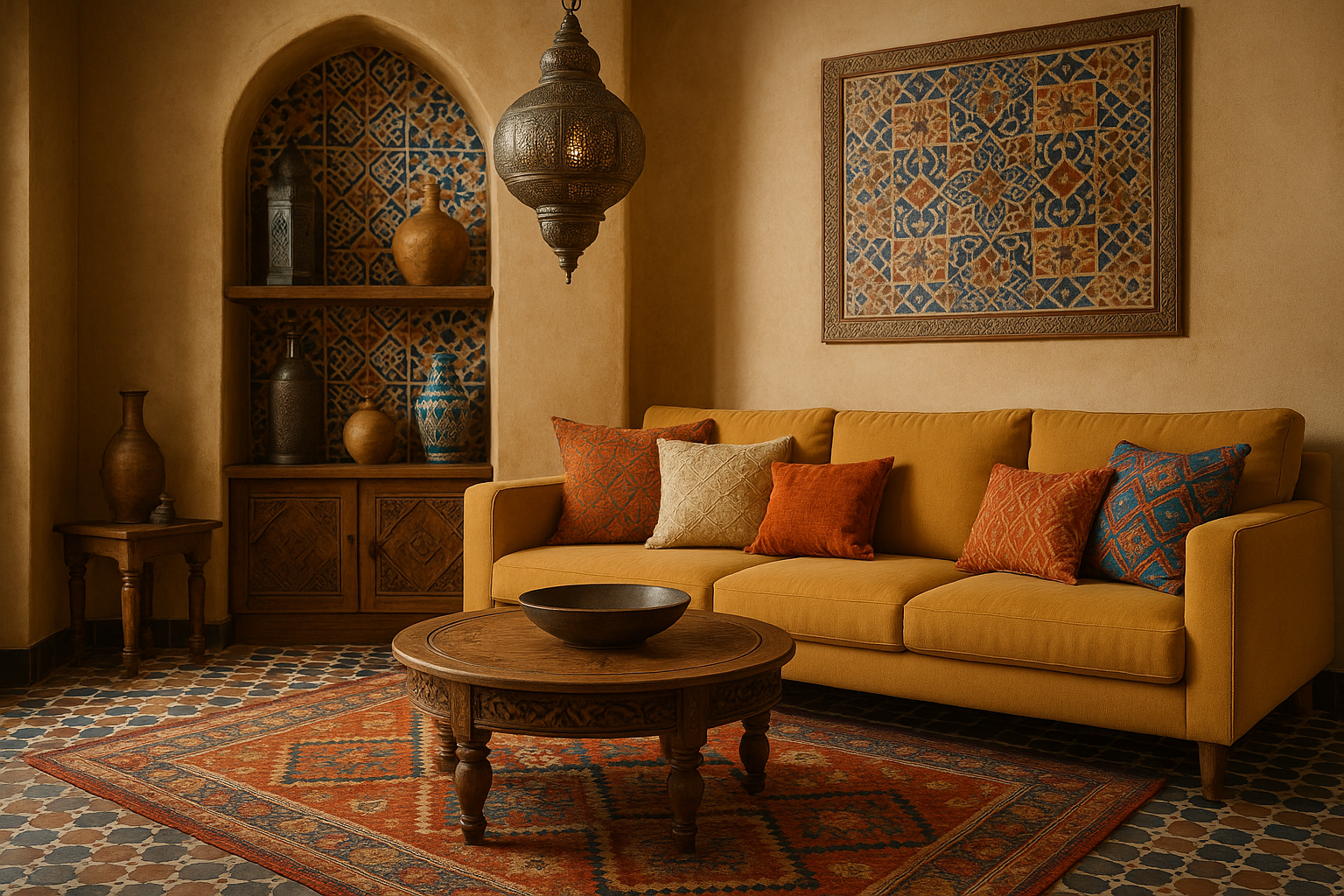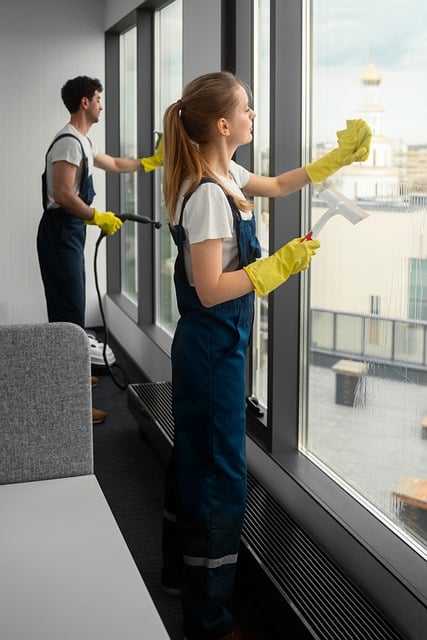The Fascinating Allure of Moroccan Decor in Modern Homes
The vibrant, culturally rich, and exotic Moroccan style decor has been steadily gaining popularity in modern homes across the globe. The combination of intricate patterns, bold colors, and lavish textures creates an aesthetic that is both warm and inviting, making it an appealing choice for homeowners seeking to add a touch of global sophistication to their interiors. This article delves into the intriguing world of Moroccan decor, tracing its historical roots, exploring its key elements, and discussing its rising influence in contemporary home styling.

Historical Roots of Moroccan Decor
Often referred to as Moorish design, Moroccan decor is a reflection of the diverse cultures that have shaped Morocco’s history. It draws influences from the Berber tribes, Arab invaders, and French colonialists, creating a unique blend of African, Arab, and European aesthetics. This richly layered design approach emerged in the 16th century, during the reign of the Saadian dynasty, and it has evolved over time, adapting to socio-cultural changes while retaining its core elements.
Key Elements of Moroccan Design
The most distinctive feature of Moroccan decor is its vibrant color palette, inspired by the country’s diverse landscapes. From the deep blues and whites of Chefchaouen, the ‘Blue City’, to the warm earthy tones of the Sahara Desert, Moroccan interiors are a riot of color. This bold use of color is complemented by intricate patterns, which feature heavily on tiles, carpets, and textiles. Moroccan design also embraces a mix of textures, with plush rugs, leather poufs, and carved wooden furniture adding depth and visual interest to spaces.
Moroccan Decor in Contemporary Home Styling
Today, Moroccan decor is enjoying renewed popularity, as homeowners look to infuse their spaces with global influences. In modern homes, Moroccan elements are often incorporated subtly, through the use of Moroccan rugs, lantern-style lighting, or patterned tiles. The focus is on creating a balance between the exotic allure of Moroccan design and the clean lines of modern aesthetics. This fusion of styles results in spaces that are visually captivating, yet comfortable and inviting.
Practicality and Market Trends
The versatility of Moroccan decor contributes to its growing popularity. It blends seamlessly with various design styles, from rustic to modern, and can be adapted to suit different spaces and budgets. Additionally, as consumers increasingly seek unique and personalized home decor, the market for Moroccan-inspired products has expanded. This trend is reflected in the rise of online and brick-and-mortar stores specializing in Moroccan furnishings and accessories.
Enhancing Daily Living with Moroccan Decor
Beyond aesthetics, Moroccan decor enhances daily living with its focus on comfort and functionality. Moroccan seating areas, for instance, are designed for relaxation and socializing, with floor cushions, low tables, and plush rugs encouraging a laid-back, communal atmosphere. Similarly, the use of natural materials in Moroccan design promotes a connection with nature, contributing to a sense of wellbeing.
In conclusion, Moroccan decor offers a fascinating blend of cultural richness, aesthetic appeal, and practicality. Its rising popularity in modern homes reflects a broader trend towards global, eclectic interiors that are as comfortable as they are visually striking. Whether incorporated in small doses or embraced in its full glory, Moroccan style decor can add a touch of exotic sophistication to any home.



